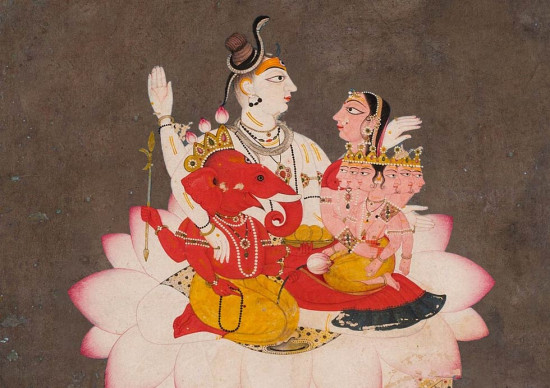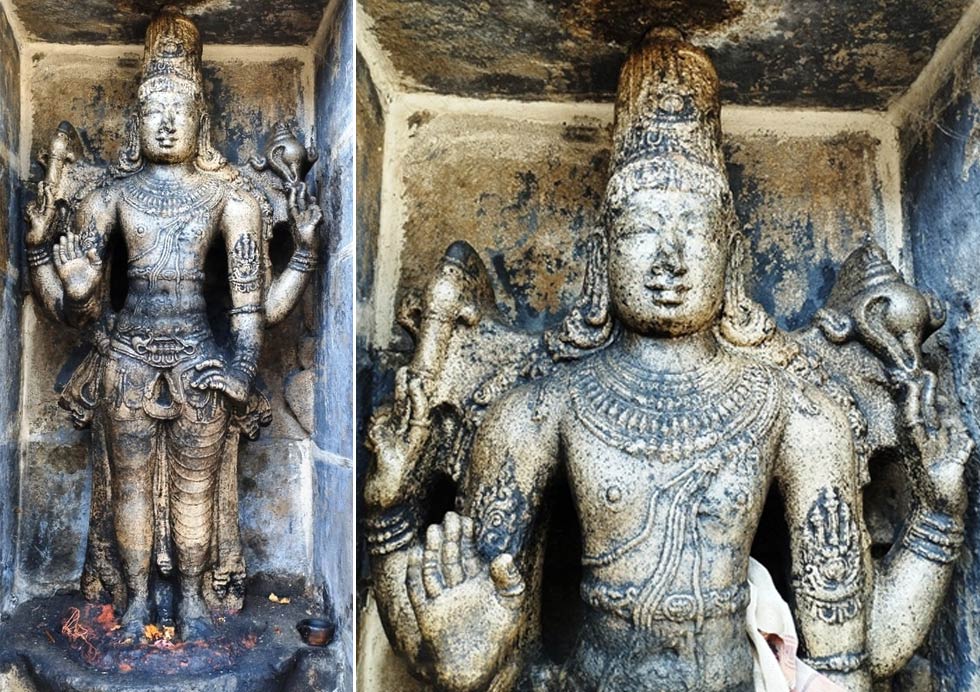
In examining the relationship between Shaivism and Vaishnavism, it becomes clear that the notion of a dispute between these two traditions lacks a solid foundation in the Shastras and Puranas.
Instead of conflict, these texts often celebrate the interconnectedness of various deities and their devotees. For example, Sri Rama’s worship of Shiva at Rameshwaram and Hanuman ji’s dual identity as both a devoted follower of Rama and an avatar of Shiva illustrate a profound respect that transcends sectarian divisions.
Moreover, narratives in which Shiva participates in Krishna Leela, as well as Krishna’s unwavering devotion to Shiva during significant events like the Mahabharata war, highlight a harmonious coexistence rather than rivalry. This understanding encourages us to explore the deeper, unifying themes present in Hindu scripture, suggesting that any perceived dispute is more a matter of interpretation than a reflection of doctrinal conflict.
Instead of conflict, these texts often celebrate the interconnectedness of various deities and their devotees. For example, Sri Rama’s worship of Shiva at Rameshwaram and Hanuman ji’s dual identity as both a devoted follower of Rama and an avatar of Shiva illustrate a profound respect that transcends sectarian divisions.
Moreover, narratives in which Shiva participates in Krishna Leela, as well as Krishna’s unwavering devotion to Shiva during significant events like the Mahabharata war, highlight a harmonious coexistence rather than rivalry. This understanding encourages us to explore the deeper, unifying themes present in Hindu scripture, suggesting that any perceived dispute is more a matter of interpretation than a reflection of doctrinal conflict.
Hari (Vishnu) and Hara (Shiva) are One
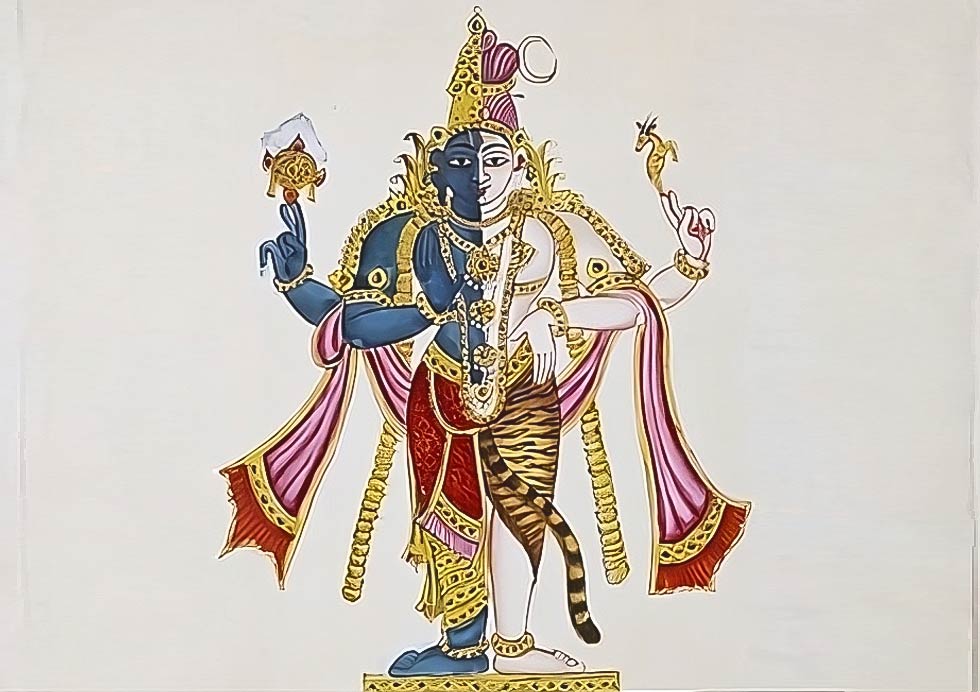
The perception of conflict between Shaivism and Vaishnavism arises from several factors, including doctrinal differences, historical context, and cultural variations. Each tradition emphasizes different deities—Shaiva focuses on Shiva as the supreme deity, while Vaishnavism centers on Vishnu and his avatars. This divergence can lead to misunderstandings about the legitimacy of one tradition over the other. Additionally, regional preferences often create an environment of competition, where followers may feel compelled to defend their chosen path. Scriptural interpretations also play a role; certain texts can be understood in ways that highlight differences, while others emphasize unity. The intense personal devotion many devotees feel towards their deities can sometimes result in a dismissal of other traditions. Finally, modern misinterpretations often oversimplify the historical and philosophical nuances of these traditions, fostering the perception of a binary conflict instead of acknowledging the complex interrelationships that exist. Ultimately, while differences are present, many texts and teachings underscore a fundamental unity that transcends these perceived conflicts.

Harihara: Vishnu and Shiva
The concept of Harihara, which embodies the unity of Vishnu (Hari) and Shiva (Hara), is well-articulated in various texts, including the Skanda Purana. According to this scripture, both deities are merged into one being, symbolizing the interconnectedness of different aspects of divinity. This synthesis highlights that while Vishnu and Shiva may represent distinct attributes and philosophies, they ultimately point to the same supreme reality, or Nirguna Parambrahma. The portrayal of Harihara serves as a powerful reminder of the underlying unity in the diverse expressions of Hindu worship, encouraging followers to recognize that all paths ultimately lead to the same divine source.
The Interplay of Deities: Analyzing the Relationship Between Shaiva and Vaishnava in Hindu Tradition
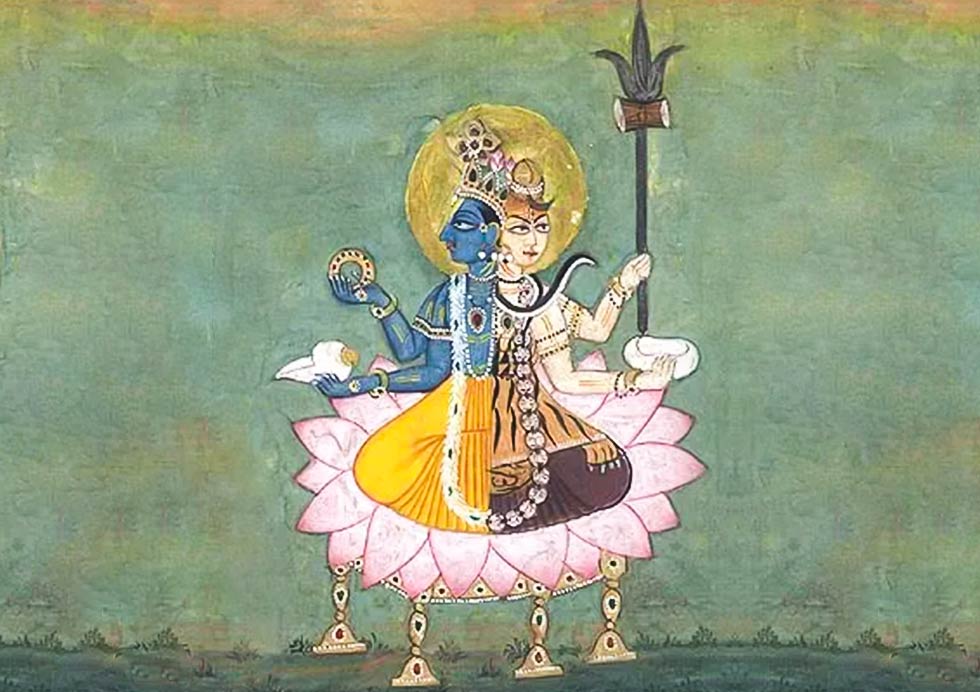
The evolution of deities like Pashupati, Rudra, and Shiva illustrates the dynamic nature of Hinduism. Pashupati, associated with Rudra—described in the Vedas as a matted-haired, three-eyed figure—eventually transformed into Shiva, known as the Ultimate Yogi.
In Shaivism, Shiva is regarded as the Supreme Reality, embodying the essence of Yoga and granting knowledge that leads to Mukti by dispelling the illusions that bind the soul. This focus on self-realization through various Yoga paths establishes Shiva as Yogeshwar, or the Lord of Yogis.
On the other hand, Vaishnavism emerged later, often attributed to Aryan influences. Its primary scriptures, the Puranas, depict Vishnu as a powerful deity whose very breath creates and dissolves universes. Vaishnavism emphasizes Bhakti, or devotion, as the sole means to connect with Vishnu and attain Mukti, the liberation of the soul.
As Vaishnavism grew, it sometimes tried to downplay the importance of Shaivism, portraying Shiva as a lesser being or even a demigod. This idea continues in some Vaishnava groups, which suggest that Shiva is just a Jivatma, despite the deep traditions around him. Ultimately, these differing beliefs highlight the complex relationship between the two traditions, each offering its own unique paths to the divine while navigating their historical journeys.
In Shaivism, Shiva is regarded as the Supreme Reality, embodying the essence of Yoga and granting knowledge that leads to Mukti by dispelling the illusions that bind the soul. This focus on self-realization through various Yoga paths establishes Shiva as Yogeshwar, or the Lord of Yogis.
On the other hand, Vaishnavism emerged later, often attributed to Aryan influences. Its primary scriptures, the Puranas, depict Vishnu as a powerful deity whose very breath creates and dissolves universes. Vaishnavism emphasizes Bhakti, or devotion, as the sole means to connect with Vishnu and attain Mukti, the liberation of the soul.
As Vaishnavism grew, it sometimes tried to downplay the importance of Shaivism, portraying Shiva as a lesser being or even a demigod. This idea continues in some Vaishnava groups, which suggest that Shiva is just a Jivatma, despite the deep traditions around him. Ultimately, these differing beliefs highlight the complex relationship between the two traditions, each offering its own unique paths to the divine while navigating their historical journeys.
The Shastric Basis for the Non-Difference Between Shiva and Vishnu
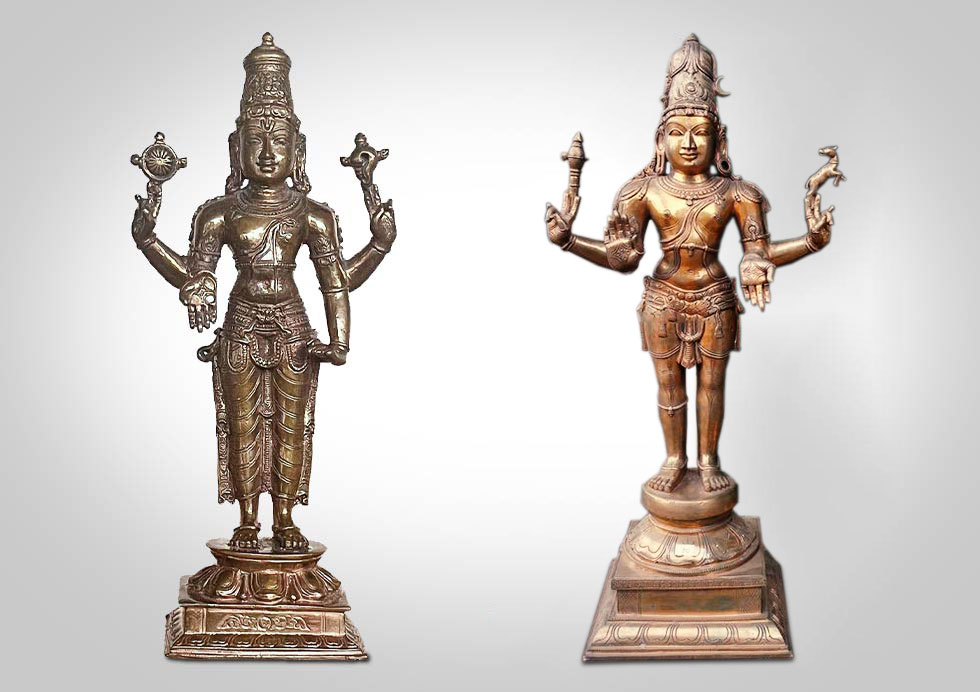
The Puranas and Itihasas serve a critical function in elaborating upon the often cryptic teachings found within the Vedas; they are not independent authorities in their own right. Numerous verses within these texts present Brahma, Vishnu, and Shiva as independent deities, while others assert that these figures are manifestations of a singular Godhead. Some Puranas proclaim Vishnu as the supreme deity, whereas others elevate Shiva to this position. These assertions, however, are primarily intended to cultivate Bhakti, or devotion, towards a specific form of the divine as one’s iṣṭha-devatā or personal deity.
Instead of adopting a sectarian stance that asserts the superiority of one deity over another, it is essential to explore integrative texts that harmonize these differing perspectives. A notable example of such integrative thought can be found in the Mahanarayana Upanishad, which articulates the unity of all beings and the Supreme Being, affirming that Brahman encompasses all aspects of existence, including the manifold forms of deities like Indra, Rudra, Vishnu, and Brahma.
Instead of adopting a sectarian stance that asserts the superiority of one deity over another, it is essential to explore integrative texts that harmonize these differing perspectives. A notable example of such integrative thought can be found in the Mahanarayana Upanishad, which articulates the unity of all beings and the Supreme Being, affirming that Brahman encompasses all aspects of existence, including the manifold forms of deities like Indra, Rudra, Vishnu, and Brahma.
Here, we find a compelling example of ghaṭaka śruti, or integrative text, from the Mahanarayana Upanishad (68:1-2):
auṁ tadbrahma | auṁ tadvāyuaḥ | auṁ tadātmā | auṁ tatsatyam |
auṁ tatsarvam | auṁ tatpurornamaḥ || 1||
oṁ antaśvarati bhūteṣu guhāyāṁ viśvamūrtiṣu | tvaṁ
yajñastvaṁ vaṣaṭkārastvamindrastvaɱ rudrastvaṁ viṣṇustvaṁ
brahma tvaṁ prajāpatiḥ | tvaṁ tadāpa āpo jyotī raso'mṛtaṁ
brahma bhūrbhuvaḥ suvarom || 2||
“OM That is Brahman, OM That is Vayu, OM That is Atman, OM That is the Supreme Truth.” This verse highlights that the Supreme Being is present in every aspect of creation, showing that divinity exists in all forms. It acknowledges various manifestations of the divine, stating that the Supreme is not only the essence of everything—be it the waters, the Sun, or the Vedas—but also encompasses all beings in the universe.
The Puranas echo this idea in vivid language. In the Narada Purana, Vishnu declares, “Do not see me as separate from you, O Shankara. The gods, asuras, humans, and the entire universe are interconnected.”
This statement emphasizes that those who mistakenly view Vishnu, Shiva, and Brahma as distinct beings are misled. Such differentiation leads to serious spiritual consequences.
Moreover, in the Mahābhārata, Krishna reinforces this concept of unity. He tells Arjuna, “Narayana is the Self of Rudra; if Maheshvara is worshipped, then Narayana is also worshipped.” Krishna clarifies that He embodies the essence of all worlds, affirming that understanding one deity implies understanding the other. He states that both Rudra and Narayana are essentially one Being, manifesting in different forms, and together they pervade all existence.
These teachings encourage a deeper exploration of the divine, urging us to recognize the interconnectedness of all deities rather than falling into sectarian divisions. They guide seekers towards a unified understanding of the sacred, transcending superficial distinctions.
In conclusion, the inquiry into who holds greater power between Shiva and Vishnu is fundamentally misdirected, as both are manifestations of the ONE—Brahman. They are non-different, representing two sides of the same coin, thus inviting a more nuanced understanding of their roles within the vast tapestry of Hindu spirituality.
The Puranas echo this idea in vivid language. In the Narada Purana, Vishnu declares, “Do not see me as separate from you, O Shankara. The gods, asuras, humans, and the entire universe are interconnected.”
This statement emphasizes that those who mistakenly view Vishnu, Shiva, and Brahma as distinct beings are misled. Such differentiation leads to serious spiritual consequences.
Moreover, in the Mahābhārata, Krishna reinforces this concept of unity. He tells Arjuna, “Narayana is the Self of Rudra; if Maheshvara is worshipped, then Narayana is also worshipped.” Krishna clarifies that He embodies the essence of all worlds, affirming that understanding one deity implies understanding the other. He states that both Rudra and Narayana are essentially one Being, manifesting in different forms, and together they pervade all existence.
These teachings encourage a deeper exploration of the divine, urging us to recognize the interconnectedness of all deities rather than falling into sectarian divisions. They guide seekers towards a unified understanding of the sacred, transcending superficial distinctions.
In conclusion, the inquiry into who holds greater power between Shiva and Vishnu is fundamentally misdirected, as both are manifestations of the ONE—Brahman. They are non-different, representing two sides of the same coin, thus inviting a more nuanced understanding of their roles within the vast tapestry of Hindu spirituality.

